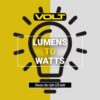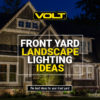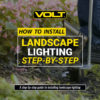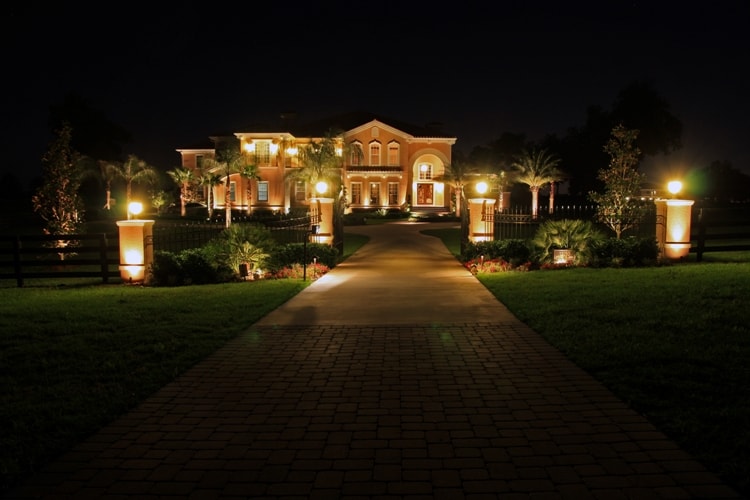
It’s important that the outdoor lighting design that you choose for your outdoor area has the right feel. Every yard is going to be different. There are no template designs that can simply be picked up and applied to your specific setting. If your home and property have a central theme (such as classic, understated, grand, etc.), you will want to bring that out. But there’s more to the design than the central theme; there is a panoply of themes, and any number of personal or professional styles to address those themes.
The Best Approach – There is no ‘best approach” since we each have unique sensibilities and proclivities. The ideal landscape lighting design is very personal; it utilizes a combination of outdoor lighting design techniques and strategies – some of them simple, others more complex.
Accent Lighting – Typically, you will use spotlights to highlight key architectural features of your home. Use wider beam spreads 60º (such as LED MR16 lamps) for wide coverage of walls and facades. Spotlights are also ideal for showcasing specimen trees or any plants you wish to feature. Accent lights draw attention to illuminated objects. The narrower the spot, the more attention is drawn; though this is not always a good thing; wider beams tend to look more natural. Good outdoor lighting should draw the eye to key parts of your property and architecture.
Minimalist Approach – This style provides enough outdoor lighting to reveal the home and property, but not so much illumination that the effect is dramatic. In fact, a truly minimalist design would be called natural, understated, and may even tend towards mysterious or romantic. If the minimalist style is taken too far then the property can be considered spooky.
Minimalist lighting can be achieved by putting minimal lighting on the home – just enough to ensure safe passage to entrances. Certain trees and other plant material can be lit, but should be done with a predominance of downlighting, silhouetting, and backlighting.
Statement Approach – This approach uses bolder more dramatic lighting to create a “statement”. If you are especially proud of your home or landscape and want the neighbors to notice, then statement lighting is your choice. Statement lighting employs spotlights and floodlights that may be especially bright, have wider than usual coverage, or be narrowly focused on objects in the landscape. Just because it’s bright and bold, statement lighting, when well designed, may still be viewed as very beautiful.
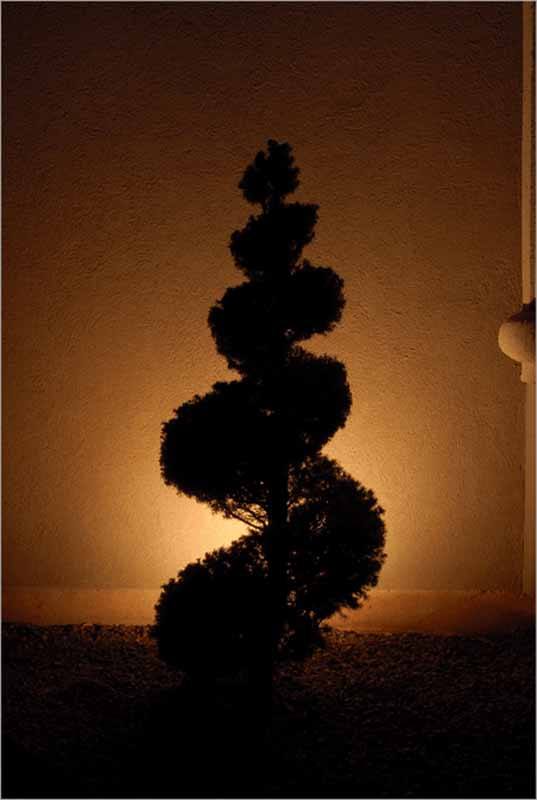 Symmetrical Approach – Symmetry is one of the core design principals. It is defined as a condition where two objects (or groups of objects) on either side of a dividing line are perceived as similar or equivalent. The human eye is attracted to symmetry; whether it is the symmetry of eyes on a face or of columns on a building, humans have a positive emotional response to symmetry. For this reason, when a lighting designer sees symmetry in the landscape or on a building, he or she seeks to illuminate the features to reveal that symmetry. This doesn’t mean that the lighting needs to be exactly the same on each symmetrical component, but it at least needs to be seen as honoring the symmetry that’s there. Further, in a macro sense, the designer should stand back and view the entire property; the lit scene should have some equivalence from left to right and from top to bottom – that’s perceived as well.
Symmetrical Approach – Symmetry is one of the core design principals. It is defined as a condition where two objects (or groups of objects) on either side of a dividing line are perceived as similar or equivalent. The human eye is attracted to symmetry; whether it is the symmetry of eyes on a face or of columns on a building, humans have a positive emotional response to symmetry. For this reason, when a lighting designer sees symmetry in the landscape or on a building, he or she seeks to illuminate the features to reveal that symmetry. This doesn’t mean that the lighting needs to be exactly the same on each symmetrical component, but it at least needs to be seen as honoring the symmetry that’s there. Further, in a macro sense, the designer should stand back and view the entire property; the lit scene should have some equivalence from left to right and from top to bottom – that’s perceived as well.
Safety Approach – If you only wish to provide safety and security, then focus on all the regions that will be subjected to human navigation. Using wider flood lights and down lights (including motion sensor lights) will provide the most safety for the least investment.
Natural Approach – The natural approach is our attempt to create illumination that is perceived as natural rather than artificial. We attempt to take this approach with all our lighting since we don’t want our designs to seem artificial. In fact, our goal is to create the impression of ‘beautiful nighttime scenes’ – not the impression of ‘beautiful nighttime lighting’.
The techniques to create natural lighting include using as much moonlighting as possible, using very low light levels, using more back and side lighting, choosing aiming angles that are consistent across the properties, and minimizing spotlights on the architecture.
When we succeed with natural lighting, then homeowners engage in “suspension of disbelief” this is a concept from filmmaking. It describes how people are willing to ignore the artificial nature of a movie; instead choosing to believe that it’s real. If they succeed at that, then they more thoroughly enjoy the movie. In the same way, when a homeowner enters their illuminated property, they don’t think “This is great lighting.” Instead, they think, “This is great!”
